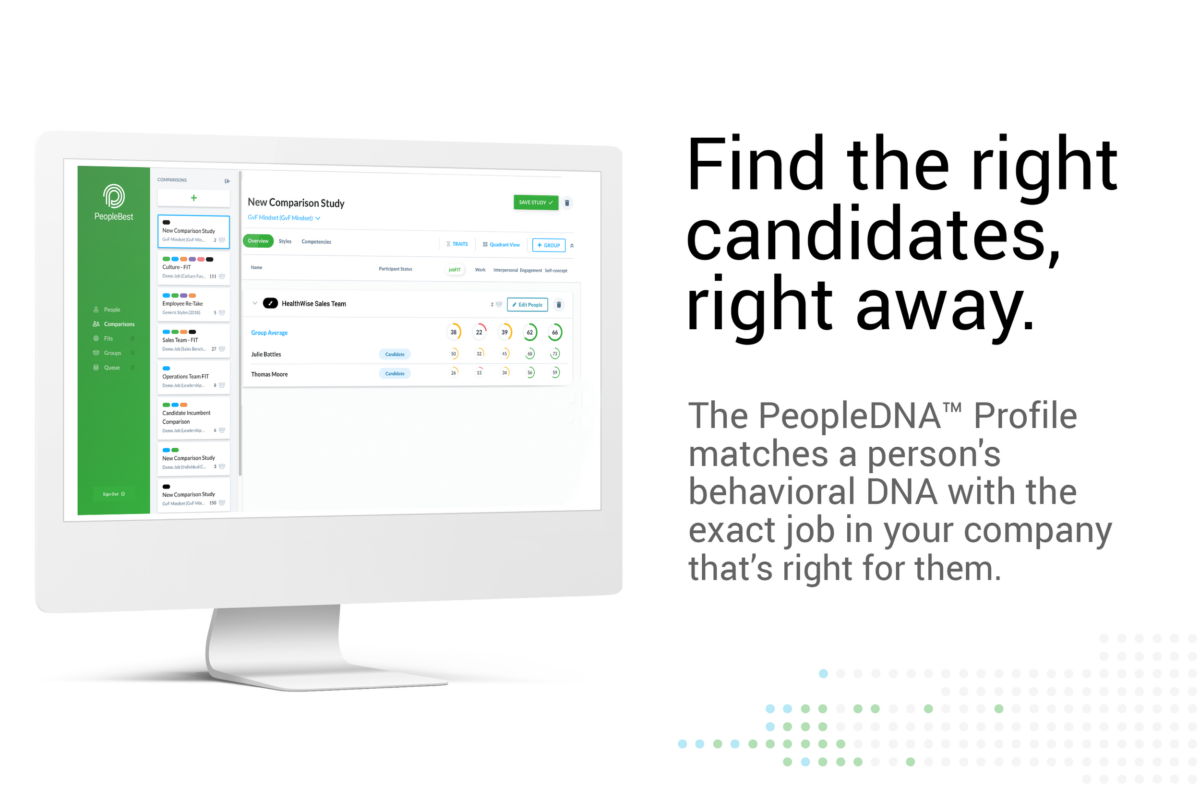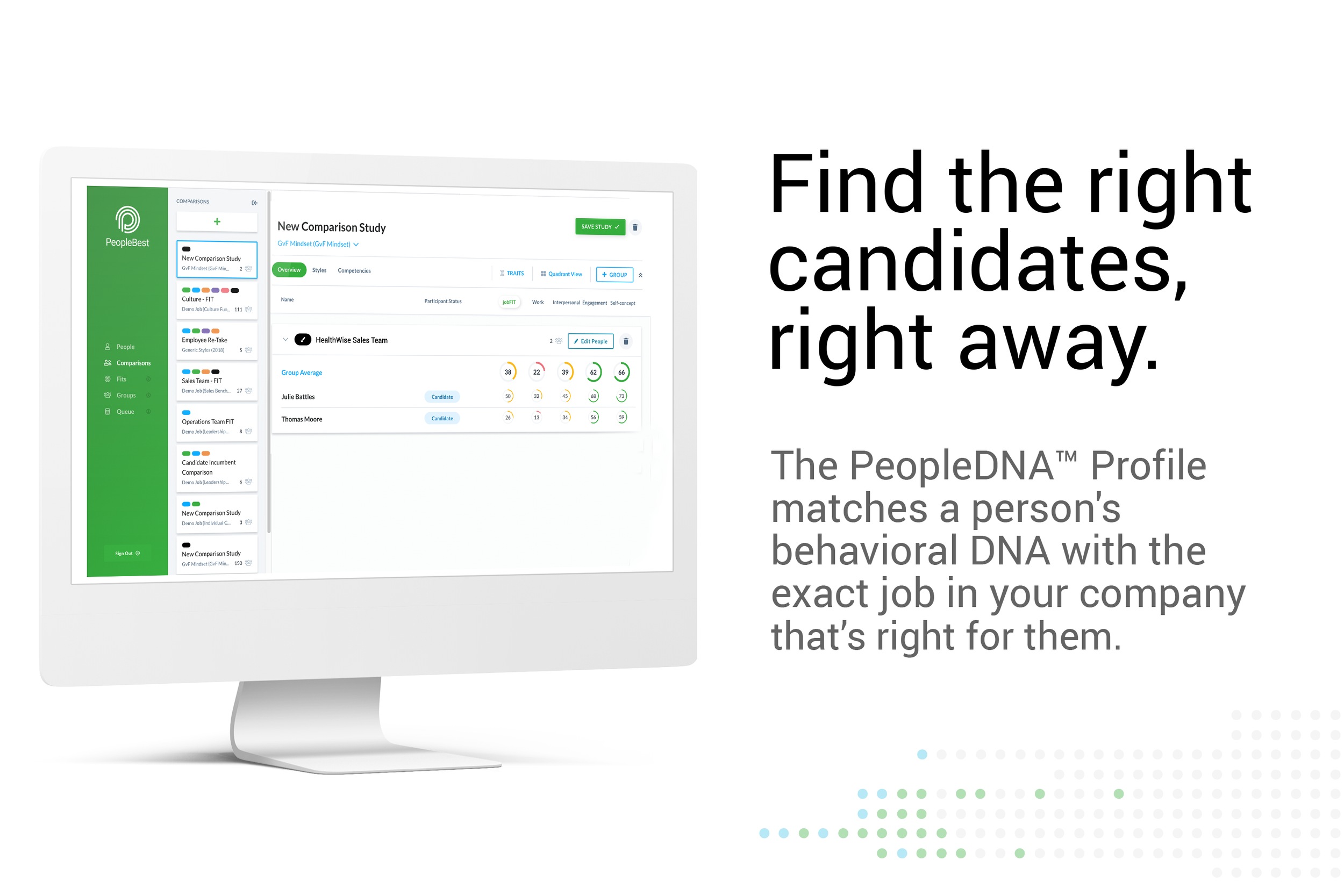We’re officially into the third quarter now, and the end of the year will arrive sooner than any of us will believe. How are those beginning-of-the-year goals doing? Are they starting to feel out of reach? Do you have a ways to go before counting them accomplished?
If you’re like me, you answered yes to those last two questions. I start to sweat come Q3, when we’ve passed the half-way mark and are barrelling through the summer. Maybe it’s my self consciousness speaking, but I’d like to think a lot of people feel this way. As time starts speeding by, those goals seem less lofty and more imposing.
As I face these challenges, I think a lot about motivation — both mine and my workers’. How do we maintain motivation throughout Q3 and into the end of the year? I’d like to offer three of my go-to strategies.
Offer Personalized Support
The first and best way to keep workers motivated is to offer personalized support: to identify and respond to the issues your workers struggle with. This effort entails some amount of research on the employer end — namely in some kind of listening. Many employers are beginning to recognize both the importance and payoff of listening. Sixty percent say they survey their entire organization at least quarterly, and many survey subsets of their workforce even more frequently.
Employee listening, whether it’s accomplished through pulse surveys, one-on-ones, or town halls, can help employers deliver targeted support to the workers who need it most. And when workers feel supported, they’re much more likely to be more productive and engaged.
Create Opportunities for Upskilling
Now that the year end is closing in on us, how can we help our people develop and use some new skills? When workers feel stagnant, they quit. According to a LinkedIn report, 94% of respondents said they would stay in their jobs if their employer invested in their learning.
While upskilling certainly offers a boon for retention, it also serves as a mechanism for motivation. Workers who have opportunities to grow are shown to have greater motivation — especially when those opportunities align with their goals and ambitions.
Pair Passion and Purpose
Burnout is rampant in the workforce today. A lot of that can be attributed to overwork and stress; we are still living through a pandemic, after all. Coupled with the end of the year coming around the corner, this is even more of an issue. When my team members are feeling burned out, I like to just make things simpler. Instead of a lot of things to do or accomplish, I help them slow down and focus on the BIGGEST things we need to do. Less is more.
Workers who feel that their job and tasks relate to their interests and strengths are happier and more productive. A positive employee experience can double innovation, improve customer satisfaction and drive profits. In other words, an employee’s happiness at work has a lot to do with their ability to perform. Remember, ‘work hard, play hard’.
Make the rest of 2022 amazing for yourself and your team!
The PeopleBest platform allows leaders to know their people and offer personalized support, identify opportunities for upskilling, and unite passion with purpose. To see how the platform could boost motivation on your team, book a demo and set up a time to chat with one of our specialists.
PeopleBest is a revolutionary, simple and powerful way to capture the exact ‘DNA of success’ inside people, teams and companies.












